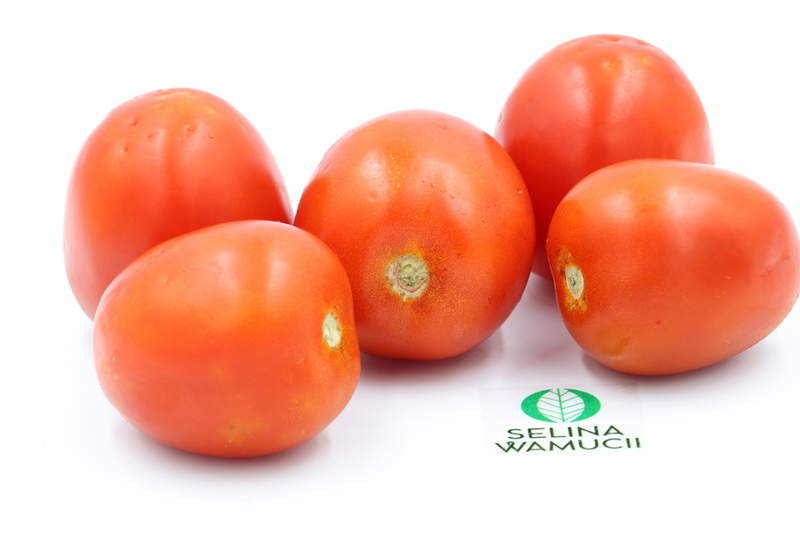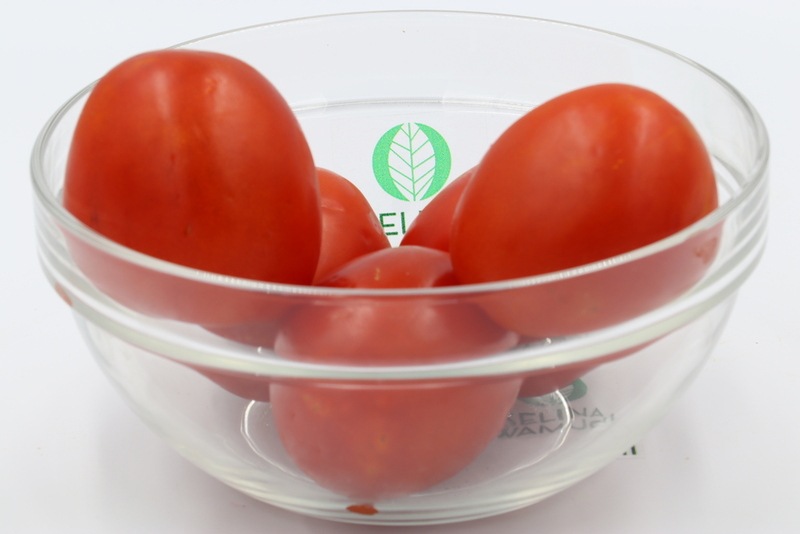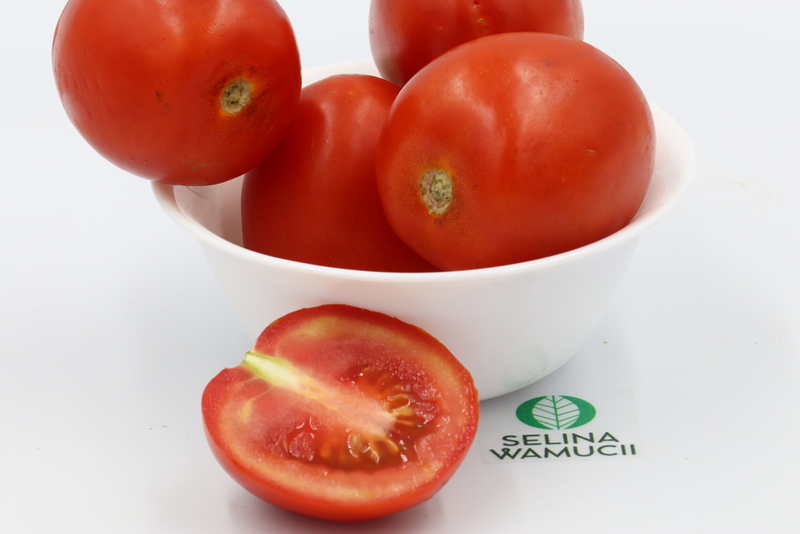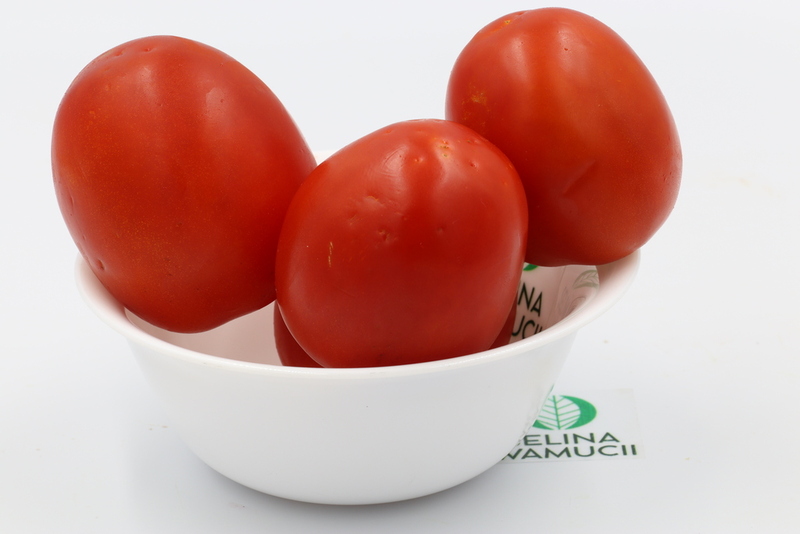Buy Ethiopia Tomatoes Directly From Exporters & Suppliers - Best of 2025 Market Prices
Get Instant QuoteEthiopia tomatoes are familiar sights in both irrigated and rain-fed fields. They grow mainly in the Rift Valley to the south-west of the nation.
Overview & History
Ethiopia tomatoes are household staples that comprise of red and black varieties. The vegetables are extensively used to pickle meals but also represent substantial cash sales. The total export value for 2017 was $9.006 million. The revenue represented both fresh and chilled tomato exports. The cultivated tomato dates back to 500 years back courtesy of the Maya civilization. In the late 1400s A.D., the Portuguese introduced the then-unknown fruit to Europe from the Americas. Most people regarded the invitingly red fruit from the poisonous nightshade family as toxic. The fruit became famous across the world only in the 20th century. The United States began tomato cultivation after the Europeans in 1919. It reached Ethiopia during the Italian Campaign of the mid-1930s.
Tomato Nutrition
The tomato is a natural antioxidant due to its lycopene compound that fights cancer. Its vitamin C level is 17 percent. It also supplies water to the body with a peak of 94.5 grams per 100 grams. Its bright color also harbors beta-carotene and vitamin A at 5 percent per serving. The two help to improve eyesight.
Cuisines that comprise Ethiopia tomatoes include injera and Ethiopian salad. Like elsewhere in the world, fried green tomatoes also make a popular meal in restaurants in Addis Ababa.
Fresh or Chilled Exports
Much of Ethiopia tomatoes reach the foreign market in fresh form. The rest come as chilled fruits to prolong their shelf life. There are also tomato pastes, juices, concentrates, and oil forms, all products of cold pressing.
Varieties
Ethiopian farmers grow both the tomato (Solanum lycopersicum) and cherry tomato. The first one is big while the other is tiny. Local varieties of the first type include:
- ‘Ethiopia: the variety blooms to a yellow color when ripe. It has climbing habits, and the vines reach 120 centimeters high. This type of tomato originated from the country. Its other name is Roi Humbort.
- ‘Black Ethiopian’: the cultivar is similar-looking to the ‘Ethiopia’ type but is a shade darker. It also produces large fruits.
- ‘Galilea’ hybrid: many farmers have embraced the cultivar due to its drought resistance abilities. It also produces a huge berry with juicy content.
- ‘Shanty’: The variety also goes by the name of Roma. It produces big fruits with firm skin. Its main colors are green and red while its shelf life is 14 days or more depending on the variation.
- Commercial varieties: these include all new hybrids like ‘Money Maker ‘that are purely grown for sale.
Cherry Tomatoes
The cherry tomato resembles a plum in everything but the shape. It is red-colored but has an oblong shape and also has some brown spots on the skin, depending on its variation. It can be relatively small or very tiny at thumb size. The cherry tomato came to the horn of Africa from Ukraine as recently as 1995.
Cultivation Requirements & Areas of Production
Ethiopia tomatoes emanate from the south-west Oromia region. The center of production is the Jimma Special Zone. The Wallaga area in the Eastern Shewa zone produces all types, big and small. The cherry fruit, on the other hand, thrives mostly in Jimma, Walo and Shawa.
The optimum growing requirements for tomatoes include low to medium altitudes of 1000 to 2000 meters above sea level. The average yearly rainfall ranges between 1200 and 2100 mm. The optimal growth temperature is 15 to 30 degrees Celsius.
Months of Production
The tomato is available most of the year in Ethiopia. The different growing seasons and diversity of local weather account for the availability.
Harvesting, Grading and Packing Methods
A typical harvest of Ethiopia tomatoes takes place at dawn before the sun is up. The harvesting workers carry disinfectants to sterilize the cutting tools during the picking. They slash the berry clusters at the stalk point. The crop reaches the warehouse in gunny bags or wooden crates.
The grading of Ethiopia tomatoes is essential for it helps to separate varieties and designate quality. Grade 1 has the largest and heaviest fruits. Grade 2 has small pieces but with rich color bloom. Cherry tomatoes and typical sweet tomatoes undergo grading separately.
There is one packing method for Ethiopia tomatoes. The cargo comes in 11.34-kilogram wooden boxes. The capacity of American standards is 0.5 bushels per package. The use of plastic linings in the crates helps to reduce contamination and extend freshness. Most international importers require to produce labels on the crates, including the name of the vegetable, the country of origin and the packing date.
Storage Advice
The best temperature for tomato storage is 12 degrees Celsius. The reason for is to keep the aroma and field taste of the fruits.
In short, Ethiopia tomatoes are undeniably a staple in every home across the country. The locals consume them in varying forms from pickled to salad dressing, to raw. The fact that they grow with no fertilizer in sub-humid conditions makes them favorites with organic importers. The government has also implemented co-operative systems to help farmers acquire Global Good Agricultural Practices (GAP) certificates. Indeed, the farming of the crop is for the long run as it takes place in wet and dry areas alike.
Get Instant Quote
Are you a producer of Ethiopia Tomatoes or other products?
Sign up today for FREE to buy or sell Ethiopia Tomatoes.





